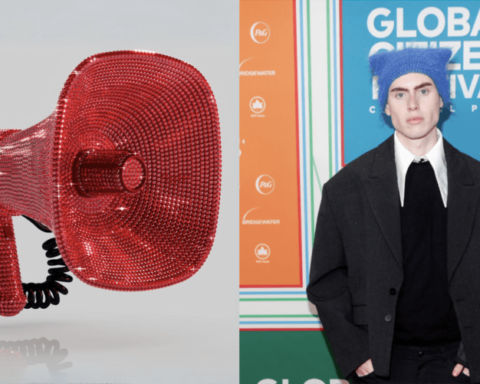Key sentence:
- Applications dependent on the examination led by University of Toronto educator of physical science Sajeev John are now in progress.
- The USA, Germany, Australia, and India work together with John on this advancement innovation conceivably.
Applications dependent on the examination led by University of Toronto educator of physical science Sajeev John are now in progress.
In a meeting with the Hindustan Times, Prof John, brought into the world in Thiruvalla in Kerala, said his plan depends on “the creation of photonic gems,” the clever materials that can trap and guide light on a tiny scale.
Certain photonic gem models can be extremely compelling in catching daylight and making it bob around for a delayed time frame in a dainty material.
Subsequently, the light can be retained totally in an adaptable film of silicon only one-10th the thickness of a human hair for exceptionally effective electrical power age.
Customary silicon cells are not ideal at engrossing an expansive scope of daylight. While proficient at engrossing shortwave light, they perform ineffectively with red or close to infrared light.
In customary methodologies, silicon is made exceptionally thick, at 300 microns, threefold the thickness of a human hair, to improve the retention of daylight.
The issue is that in such thick sun-powered cells, electrons energized by the daylight need to head out a significant distance to metallic contacts. Before that, energy disperses as hotness, and a portion of the daylight doesn’t change over to power.
John’s photonic precious stone plan points toward limiting that wastage with a lot more slender design, just 10 microns thick. “At the point when we can do that and assimilate a large portion of the daylight or more than whatever they were getting with thick silicon, it implies that the photograph created charge transporters can arrive at their contacts before they get diverted and de-actuated by something different.”
He said the photonic gem design considers cells that are half more productive than those presently being used. Photonic precious stones are otherwise called the “semiconductors of light” since they control photons, similar to electronic semiconductors that control electrons.
One utility of the creation is that dainty silicon sun-based cells can be embodied in adaptable sheets to produce power on surfaces like dividers, or even in a dress like a colder time of year coat that can give a charging office to gadgets like cellphones.
This month, the innovation and advancement of photonic precious stones won John Canada’s most noteworthy science and designing prize, the lofty Gerhard Herzberg Canada Gold Medal.
The honor reference said John and his group had “as of late applied their light-catching thoughts into the plan of adaptable, lightweight, slim film silicon sun oriented cells that can be covered on an assortment of surfaces, with remarkable daylight catch capacities and power-transformation efficiencies past that of standard sunlight based chargers.”
Examination bunches in the USA, Germany, Australia, and India work together with John on this advancement innovation conceivably. He is confident that certifiable outcomes prompting applications might arise in a year.



















